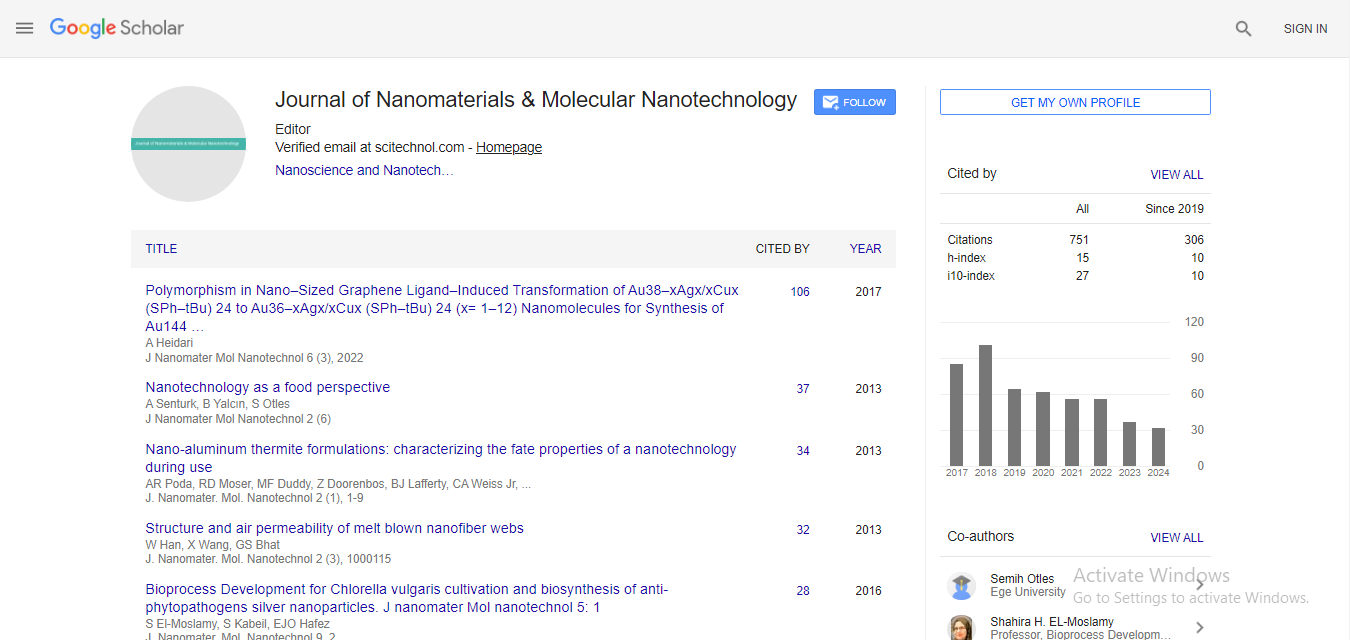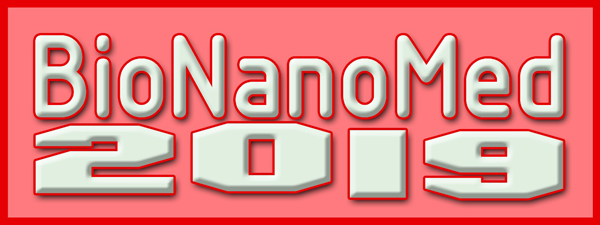Using phage display technique to isolate antibody fragment for brain tumour cell surface marker
Arghavan Golbaz Hagh, Martina Jones, Simon Puttick, Chris Howard, Stephen Rose and Stephen Mahler
Australian Institute for Bioengineering and Nanotechnology, Australia
ARC Training Centre for Biopharmaceutical Innovation, Australia
CSIRO, Australia
: J Nanomater Mol Nanotechnol
Abstract
One of the most significant challenges of all time in medicine has been finding a cure for brain cancer, which there is great hope to be accomplished through Nanobiotechnology techniques and immunemodulators. Primary brain tumours account for 1-2% of all diagnosed cancers in Australian adults and 9% of all cancers in young Australian people. Despite many advances in brain cancer treatments, the prognosis remains poor with median survival rates of less than 15 months after diagnosis. Research has actively focused on the discovery and subsequent engineering of novel monoclonal towards a particular target. Antibodies are very attractive potential theranostics agents as they are highly specific and easily functionalized. The EphA2 tyrosine kinase receptor has been identified as a glioblastoma cell surface marker and has been shown the overexpression of this receptor in several tumors, including glioblastoma. The expression level of EphA2 has not only been linked to tumor progression but also to metastasis and poor patient prognosis. Phage display is a powerful technique that enable the selection of single chain variable (scFv) antibody fragments from phage libraries displayed on the surface of bacteriophage (phage display), combined with iterative rounds of antigen-driven selection and phage proliferation. Here, a naïve human scFv phagedisplayed library was employed to isolate the specific phage binders against human EphA2 extracellular domain (ECD). ELISA was performed to determine the enrichment of phage particles obtained after each round of panning against recombinant human EphA2 extracellular domain. Monoclonal phage antibody ELISA was executed to isolate individual phage clones. The scFv phage particle was reformatted to fulllength human IgG1. The reformatted antibody was purified and its binding was tested by flow cytometry on glioblastoma cell line and its affinity was measured by Biacore to the EphA2-ECD.
Biography
E-mail: a.golbazhagh@uq.edu.au
 Spanish
Spanish  Chinese
Chinese  Russian
Russian  German
German  French
French  Japanese
Japanese  Portuguese
Portuguese  Hindi
Hindi 



